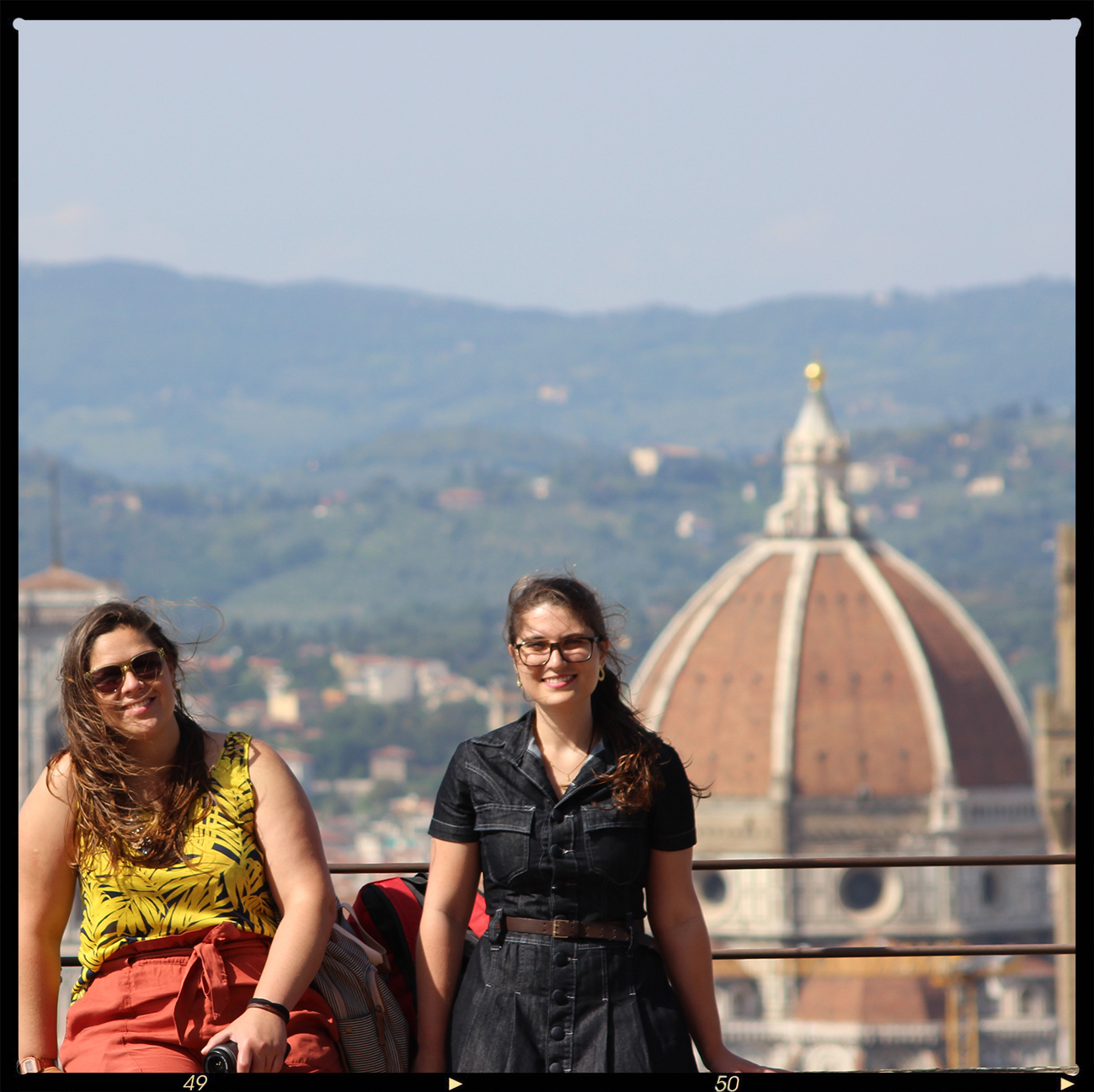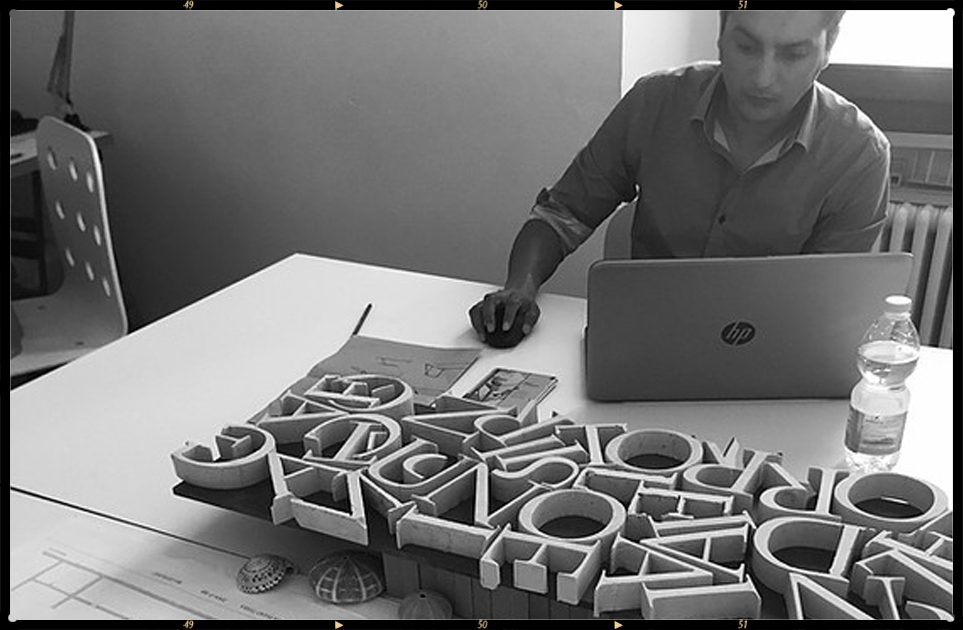
How being a ‘culture vulture’ helps when studying and living in Italy
What brought me to Florence
I’ve been at the helm of a furniture-focused firm for almost two years, working with manufacturers to create furniture and furnishings for residential as well as commercial spaces. When I decided to set up a furniture manufacturing unit of my own, I wanted to get some real-time experience working at an architectural firm – where I could learn as well as get real-time training. And that’s what led me to sign up for a month-long summer course at Studium Architecturae in Florence.
Living in Florence
Florence is synonymous with architecture, art, and natural beauty. And it is all that and more. Aside from the fact that it is unseasonably hot and humid weather in June 2017 – which has proven to sap my energy during the day – Florence is a convenient city to live in. I’ve had the pleasure of experiencing its infrastructure as well as the lively mindset at this time of year. However, I had imagined it to be cleaner, less crowded (with tourists), and with more people speaking English, to make the transition of living here easier. Since I have also been doing another course, I haven’t had the time to explore the city yet. Once the courses are over, I plan to be a tourist and visit Boboli Gardens, Bardini Gardens, Piazzale Michelangelo, Uffizi Gallery, and David of Michelango…just to name a few.
Why Milano, Verona and Venezia are must-visits
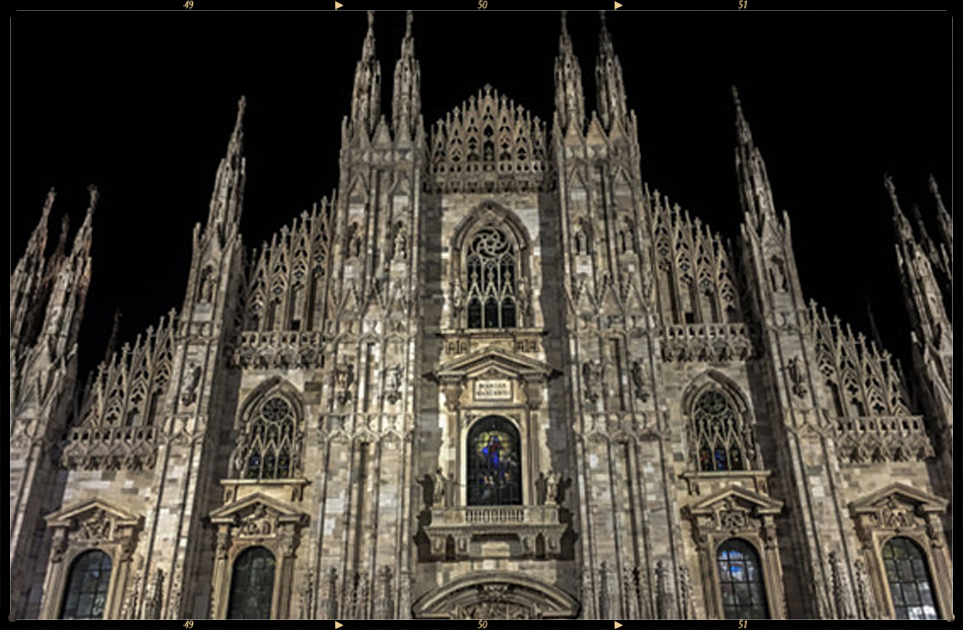
Over the weekends during my stay in Italy, I travelled to Milano, Verona and Venezia.
In Milano, the Duomo was the first sight that I witnessed on reaching the city.
I walked out of the metro station and there it was. It’s grand and enormous. No wonder that it’s been 2,000 years since construction first began and that it’s yet not completed. I went inside the Duomo on Sunday, just as mass was ending. It was a spiritual experience to hear the echo of the voices from the altar and the choir. Plus, the stained-glass artworks are absolutely awe-inspiring! Upstairs, on the terraces and the rooftop, I got to see such detail in the architecture, especially the spirals that heldstatues, which showcased that the grandeur of the basilica was not limited solely to the parts of the structure closer to the ground.
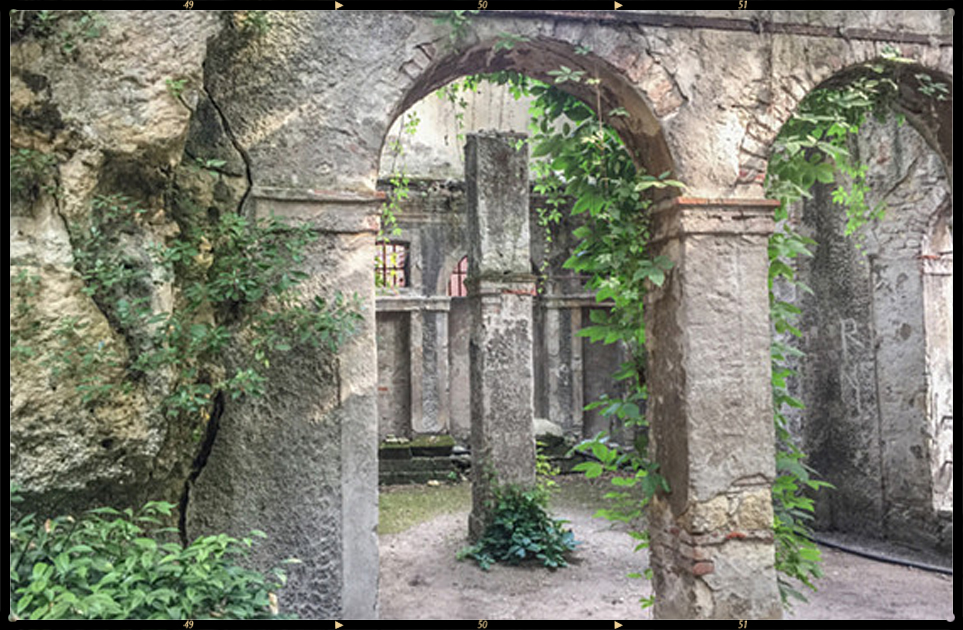
I really liked Verona and Venezia. Both had cooler climate, which made the experience that much nicer. In Verona, I especially enjoyed Giardino Giusti, thefeeling of community at Piazza delle Erbe, the natural landscape (surrounded by a hill with a river running right through it) and the fact that it was less touristy.
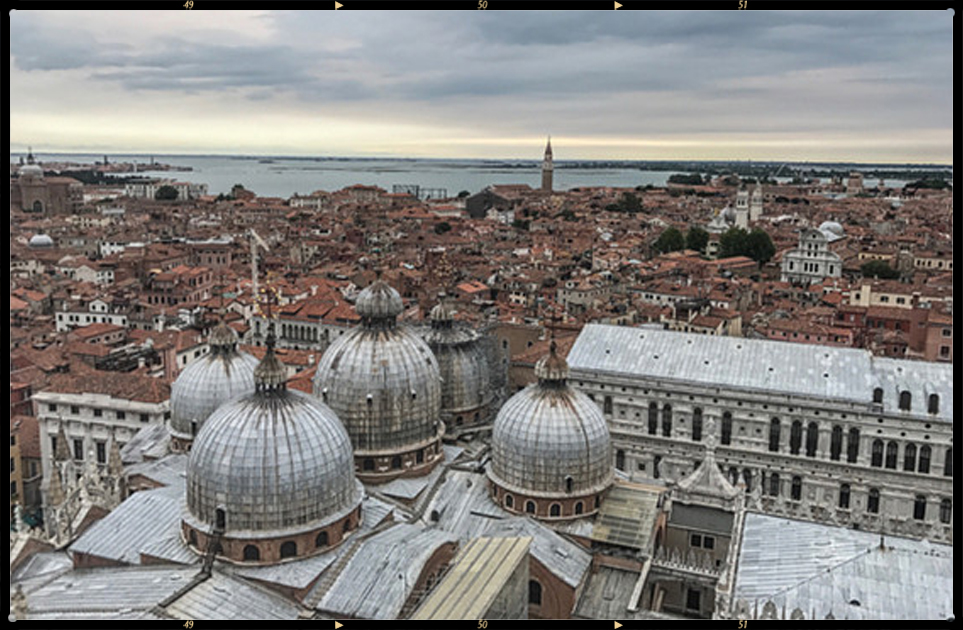
While, in Venezia, I observed the influences of the Byzantine era in parts of the city’s architecture, the Venetian art scene, and took in the historical significance of this floating city. The panoramic view of Venice from the campanile made me realize just how important it is that the city is a pedestrian-only destination. Going inside the St. Mark’s Basilica was very fascinating. I wondered just how many man-hours of work must have gone into it for the shimmering gold mosaic art on the ceilings and arches.It was really helpful that Giovanni suggested places to visit – like the Olivetti negozio in Venice – which added an interesting dimension to my weekend visit.
Furthermore, I find that the fact that water levels are rising in and around Venice presents an intriguing and extremely urgent challenge on how to save it from sinking.
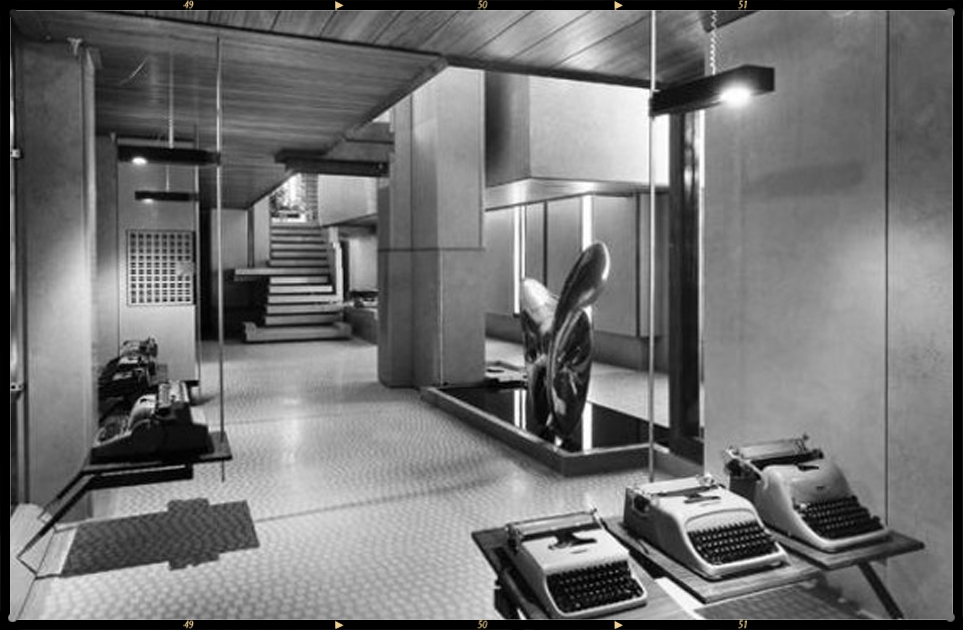
Key learnings at Studium Architecturae
Of course, studying at Studium Architecturaehas really helped me see Italy and its cities through a whole new perspective. Through these four weeks, best of all has been the opportunity to learn about architectureand interior design in the classroom and, then, while walking the streets – I got to see in real-time, exactly what was taught in class. This was not only true in Florence but also in Milano, Verona and Venezia, where I noticed the architectural and interior décor details in all these destinations.
I could relate to what was spoken about during lessons as well as discussions at Studium Architecturae.
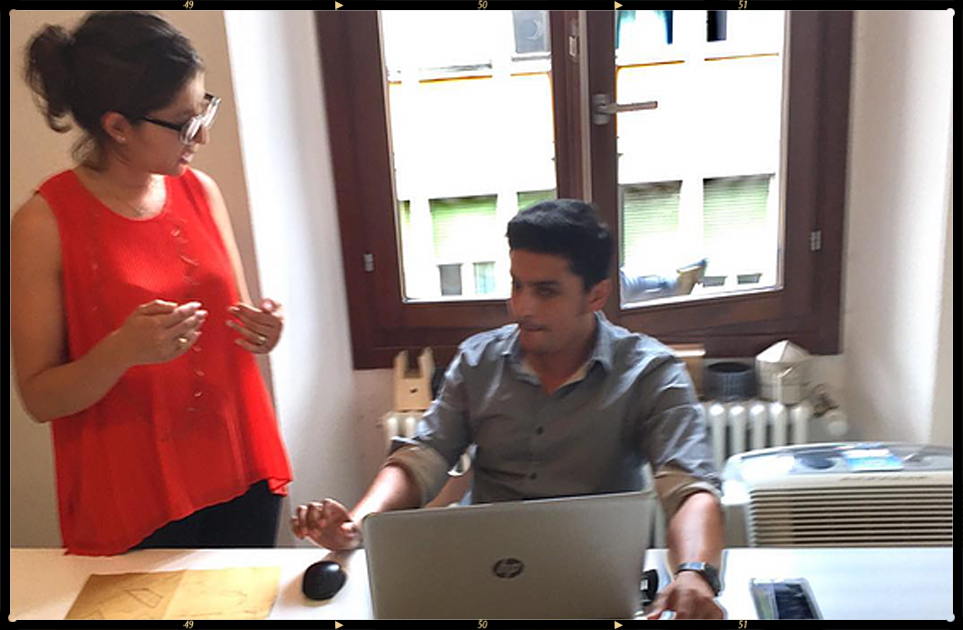
I was also able to understand exactly how tricky it is to design spaces, especially in Florence, since there are such stringent laws / restrictions that architects and interior designers have to adhere to.
It is understandable though because the fact that the city has retained (and till today, represents its) history through its architecture makes walking through Florence that much more charming for an individual like myself. Additionally, I feel that one of the greatest experiences has been understanding that furniture and interior designis all about evoking an emotion. As a creative, Giovanni emphasized how important it is to walk into a space, really feel it, and design it, in conjunction with the client’s requirements.
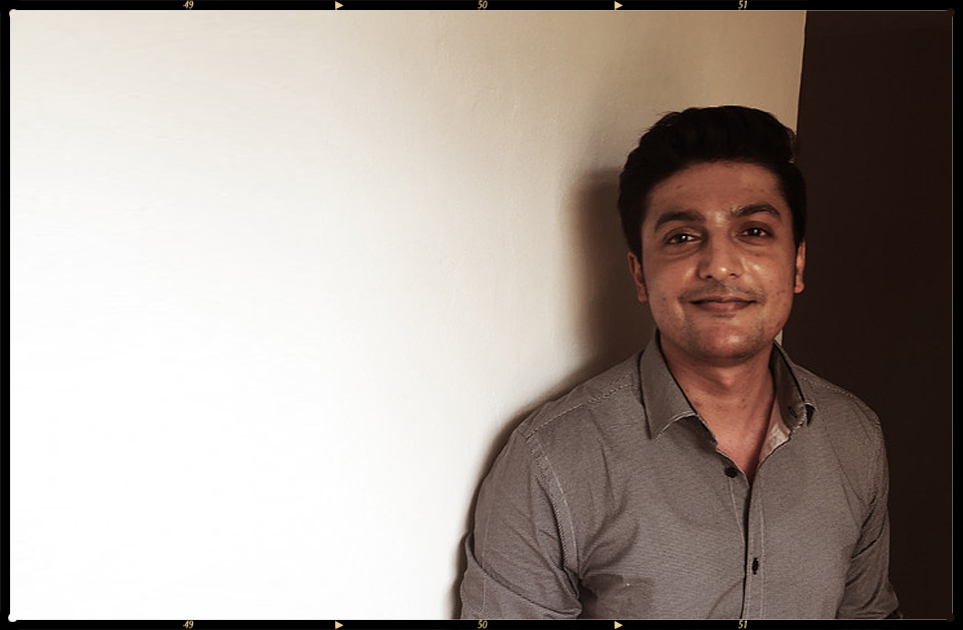
At the end of the conceptualization stage, it is really important that the design expresses a clearand unified emotion. Another aspect that became clear is that interior design requires a wholesome yet step-bystep approach.
These are some of the points that will stay with me, as key learnings. Giovanni as well as Milena are knowledgeable, approachable, patient and extremely helpful. Their insights are opportunities for learning, and I have taken them in my stride. I realize that one month is too short time to gain a holistic understanding and grasp of the architecture and design industry.
In the future, I hope to come back, for a longer period, to Studium Architecturaeas it provides a healthy working environment, with an emphasis on productivity, learning and realizing the design dream. While there, I felt like a part of the ecosystem that the practice is aiming to create.

